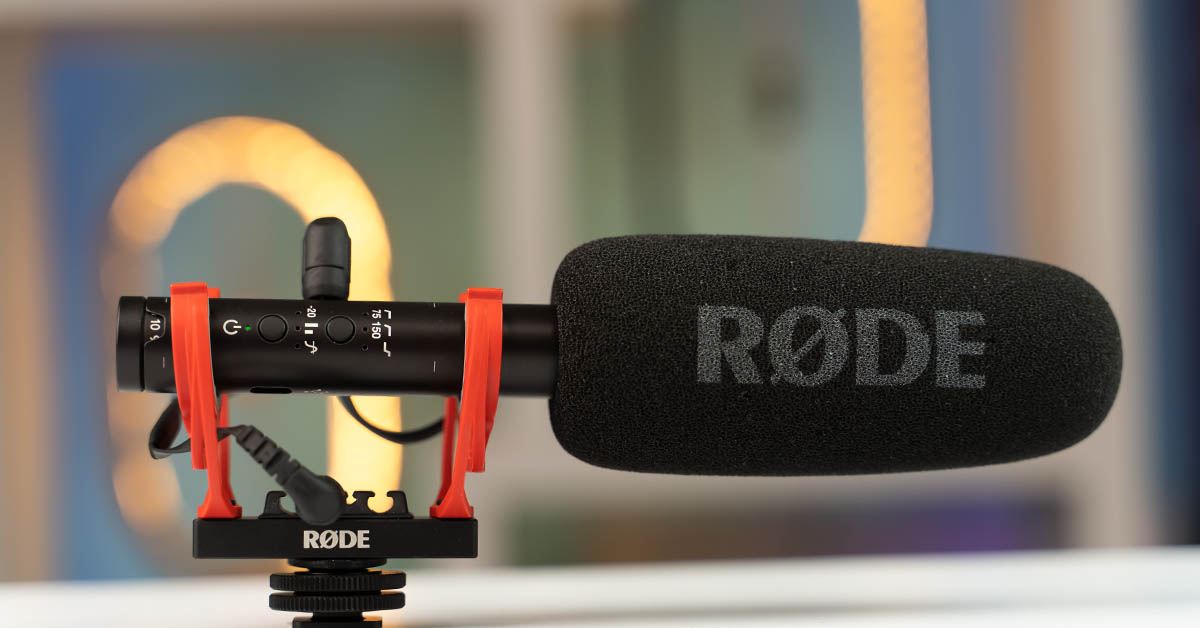
We live and breath video production here at Gadgetbyte and thus strive for the minutest possibility to make our videos better than ever. The thing is, we just don’t like compromising on quality; we’re stubborn that way. One of the most crucial and surprisingly overlooked prerequisites of video production is audio; the secret formula is consistency, people! Spending heavily on cameras and lighting, while skimping on a quality audio setup will do you no good. And speaking of a decent audio setup, we’ve been going back and forth with the RØDE VideoMic Pro and the Wireless GO for our production needs.
While they do their job just fine, I want to reiterate what I said earlier – we want to get better, be it by a fraction or even less. It’s only so often that a new product at least “claims” to be absolutely revolutionary in its respective field. Walking on that course, the newly launched RØDE VideoMic NTG really piqued our interest. Yeah, they really made a hybrid microphone, bringing some neat features of the “NTG” professional lineup of shotgun mics inside a compact, and on-the-go form factor of a “VideoMic”. The VideoMic NTG is an on-camera shotgun microphone with broadcast-quality audio, USB mic functionality, and so much more. There’s going to be a slew of praise for this mic throughout the video, so brace yourselves.
RØDE VideoMic NTG Specifications:
- Body: 0.85-inches (diameter), 6.73-inches (length)
- Acoustic Principle: Pressure gradient electret condenser
- Polar Pattern: Supercardioid
- Frequency Range: 20Hz – 20kHz
- Frequency Response: 35Hz – 18kHz ± 3dB
- Output Impedance: 10Ω
- Signal to Noise Ratio: 79 dBA
- Dynamic Range: 105dB SPL
- High Pass Filter Frequency: 75/150Hz
- Battery: 350mAh, 30+ hours battery life
- Connectivity: 3.5mm auto-sensing output, USB Type-C, cold-shoe mount
- What’s in the box: VideoMic NTG, SM7-R Camera Mount, Foam Windshield, SC10 Cable (3.5mm to 3.5mm), USB Type-C cable
- Price: $249
Design
Let’s start with the design, shall we? The RØDE VideoMic NTG is a pressure-gradient electret condenser microphone with a highly directional supercardioid polar pattern, on an annular form factor like the much expensive NTG5. Moreover, it is incredibly lightweight and is built from aerospace-grade aluminum, which should, at least in theory, contribute to the mic’s robustness.
What that supercardioid polar pattern means, is that the VideoMic NTG picks up audio from the sides as well as from the back, though the rear-range is significantly narrower.
Here’s a sample.
As demonstrated, the optimal audio pickup from the VideoMic NTG is definitely when it is placed straight above or below the subject. So you better have a camera team who doesn’t talk behind the camera when you are shooting a video. And if you want everyone’s audio in the room, you’re better off with a mic with an omnidirectional polar pattern.
More on the design, another impressive set of features on the VideoMic NTG is its onboard controls. It’s only fair if I went through them one by one.
Cancel out the unnecessary noises with High Pass Filter!
Starting from the top, the first button is for equalizer settings, which include high-pass filters and high-frequency boost. Here, you get the 2-stage high-pass filter (also called low-cut filters) at 75Hz and 150Hz, and what it basically does is filter out the low frequency sounds like rumbles, bass, HVAC (Heating, Ventilation, & Air Conditioning), and other forms of ambient noises from the recording.
The 75Hz option means that the VideoMic NTG will attenuate all frequencies which are 75Hz or below, and the 150Hz does the same for audio frequencies at 150Hz or below.
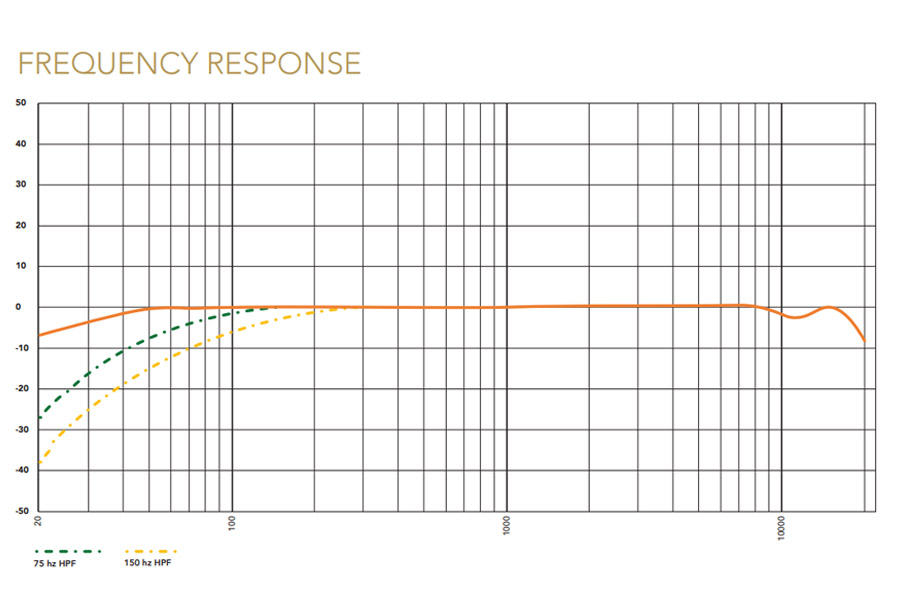
Turning them on or toggling between them is simplified with a click, while each setting is indicated with its own dedicated LED light that glows white.
Let’s hear the sample audio recording turning on the dual high-pass filter one by one in an uncontrolled office room. As you can hear, there’s a considerable amount of noise coming out from the Godox lights we use. And with the 150Hz HPF turned on, it feels like magic. When listened closely, you can hear the noise portion has been minimized to some extent.
Now, though the difference between turning the high-pass filter on/off isn’t audibly pronounced, looking it up in the Adobe Audition’s noise print feature visualizes how it’s helped reduce the background noises.
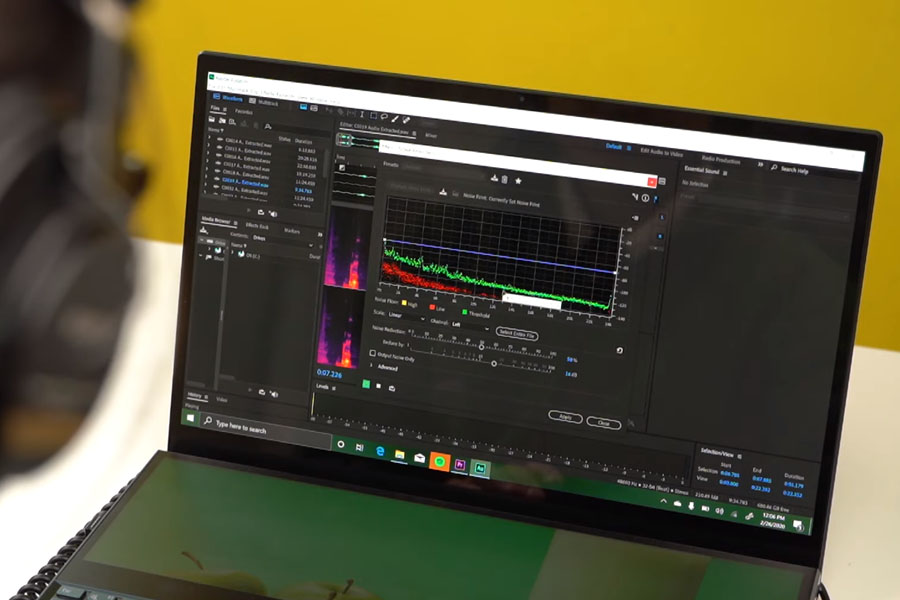
The same button also doubles for the high-frequency boost, which can be used discretely or simultaneously alongside the high-pass filters by long-pressing the button for a couple of seconds.
High-Frequency Boost
What this feature does is, as the name implies, boost the frequency by about +6dB. This is useful in enhancing the detail in the subject’s voice, who is speaking directly into the microphone in a noisy setting or to counteract muffled audio due to the use of a foam windshield or other anti-wind accessories.

We tried it out in a not-so-loud outdoors environment alongside the high-pass filter, and it greatly reduced the ambient noises like the chirping of the birds, while boosting the subject’s voice. So where will this feature come in use the most? Yep, when you’re in a fairly noisy and/or windy environment and you don’t want to miss out on what the subject is saying.
Passive Attenuation Device (PAD)
Moving down, you have the power/function control button for power, PAD switch, and safety channel. You can turn on the -20dB PAD switch by a single click, which lowers the mic’s sensitivity in order to avoid clipping or distortions in a high-noise scenario. It can also come in handy when you’ve set up your mic to a certain secondary sound source, and you don’t want it to shadow the intensity of the primary audio source.
For this, we set up the VideoMic NTG and the VideoMic Pro onto two cameras. The VideoMic Pro was directed to the subject (here, the singer), while the VideoMic NTG with -20dB PAD turned on was boomed directly below the guitar.
What we’re trying to achieve from this setup is how the PAD switch helps to suppress the audio pick up from any other necessary but non-primary source. And here’s how it sounds:
This feature will also be useful in other studio settings, wherein you can have one mic with the PAD switch directed at the secondary speaker, such that it doesn’t overpower the primary subject’s audio.
Safety Channel – for… safety
Another click allows you to toggle on the safety channel. And like the high-frequency boost, it can also be used discretely or simultaneously with the -20dB PAD. This nifty feature records a separate channel at 20dB quieter on the right channel, which can be used as a backup in case the main channel suffers from clipping.
In our case, we tried it out when recording in a nastily noisy outdoor situation with the gain dial set at 10. As expected, there were distortions in the audio, but remember we’d ensured of a backup. In our digital audio workstation (we use Adobe Audition), we were able to extract the audio recording into two separate mono channels – one on the left, and the other on right.
You can clearly see the difference between the two and how the backup recording on the right channel can be used in case of any audio clipping, which is what we have done. Thank God the VideoMic NTG has this feature!
The third and final LED indicator serves the purpose of notifying you if your recording is too loud, or has fallen victim to clipping. This dB peak warning light glows red, thus warning you to change your gain level or turn on other features to avoid clipping. Without going into any intricate details,
clipping basically refers to when the audio signals get distorted because they are just too loud to be processed by the amplifier.
It powers on automatically!
Another handy feature this mic has is the auto-power function. This means that it powers on automatically when plugged into a supported device, but you can also long-press this button for about 3 seconds to turn it on if that’s your thing.
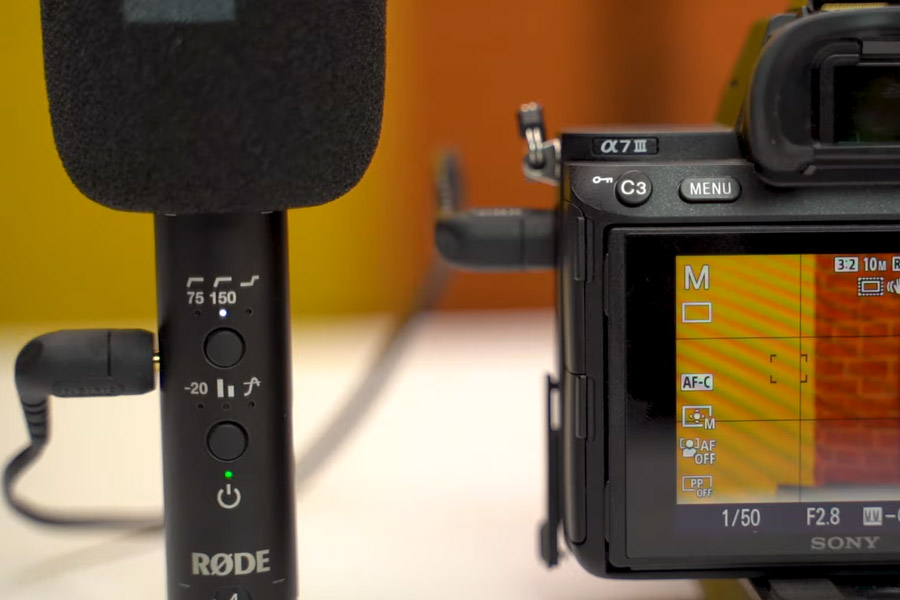
Though there’s not a wide array of LEDs indicating the battery level, the single LED does the job equally well. It glows green for full, dark yellow for medium and red for low battery. Similarly, it glows blue when you’re charging the mic by connecting it to a computer via the USB Type-C connection.
Battery
The battery life on this thing is ridiculously amazing. RØDE promises over 30 hours of continuous recording and frankly, we haven’t walked that line yet.
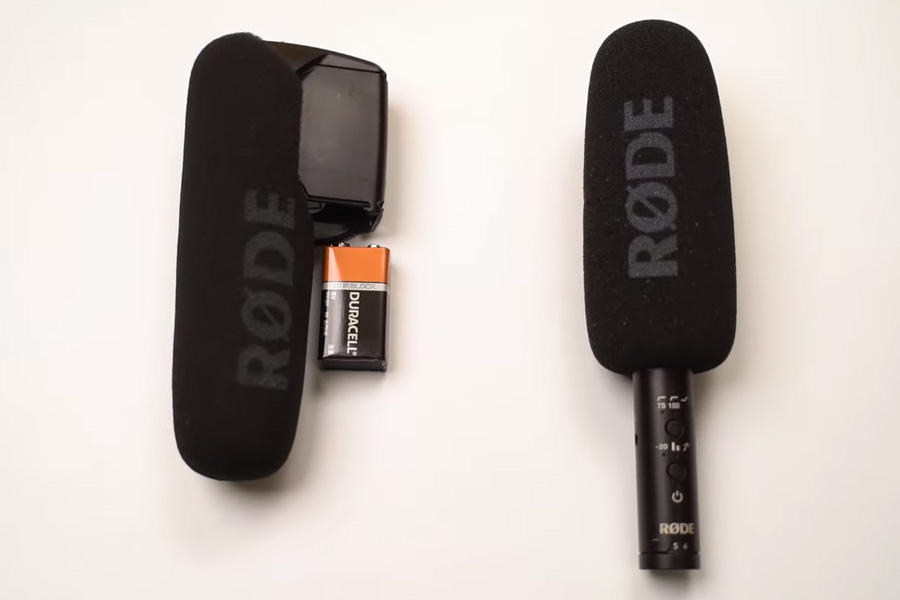
Moreover, the battery on the VideoMic NTG isn’t user-replaceable like on the VideoMic Pro, so we’re not sure how that will pan out in terms of its longevity.
RØDE VideoMic NTG is also a USB-mic, people!
Besides charging, the VideoMic NTG also turns into a fully functioning USB microphone by plugging into a computer, tablet, or a smartphone with a Type-C cable. This is one of the standout features of the mic, which lets you easily record podcasts, voiceovers, etc. at the simplicity of a plug-and-play device, without having to bother with any complicated audio setting.
The recording’s quality is fantastic and as a result, this mic just changes the game altogether. You can easily record podcasts, voiceovers, attend meetings, etc. at the simplicity of a plug-and-play device, without having to bother with any complicated audio setting. Moreover, you can monitor the audio in real-time by connecting a headphone to the 3.5mm output.

I’m sure no beginner podcaster would go for the RØDE VideoMic NTG despite its excellent USB mic functionality since this thing will set you back $250. However, if you want it and can afford it, it’s a no-brainer. It is also integrated with an ADC (Analog to Digital Converter) with 24-bit bit depth and the sample rate of 48kHz, for uncompressed audio recording.
Auto-sensing 3.5mm output, aka, no more adapters!
Furthermore, there’s the auto-sensing 3.5mm TRRS output, which intelligently switches between TRS and TRRS output depending upon the connected device, eliminating the need for any sort of adapter. And like I said before, the 3.5mm output on the VideoMic NTG also lets you monitor the recording in real-time by connecting a headphone, and then use the gain dial to adjust the volume.
But mind you, this output is unbalanced and RØDE doesn’t allow the use of an XLR adapter for balanced audio output. Well, you have to keep some features reserved for the expensive NTG lineup, I guess.
That’s not something gravely alarming though. The balanced output is less susceptible to any probable noise from various electrical and radio interferences like lighting, power cables, etc. and allows comparatively long-distance signal transmission.
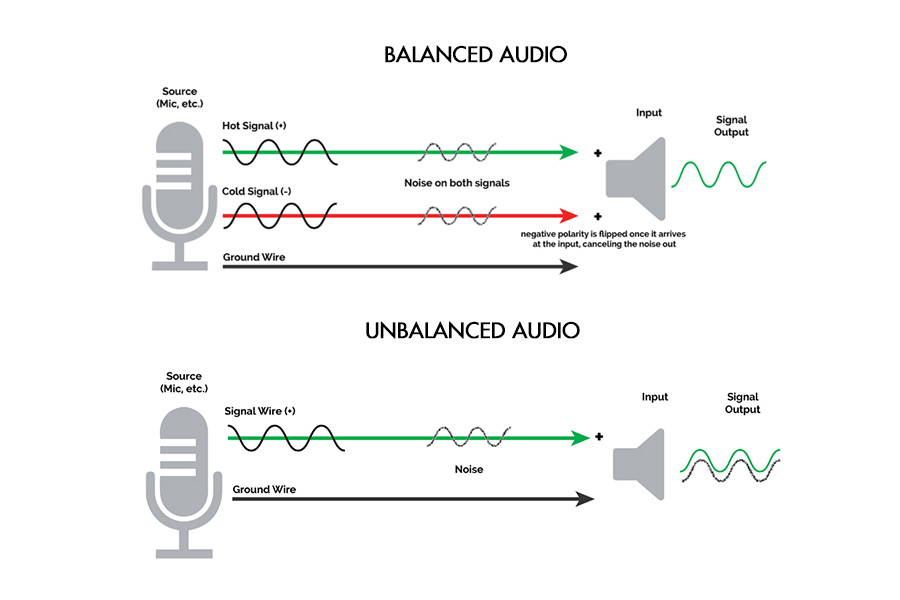
So, until your setup is well within 25 feet and there’s no damaging level of noises, the unbalanced output from the VideoMic NTG should do you alright.
Variable Gain Control
Now let’s finally talk about the gain dial on the rear of the VideoMic NTG. This “infinitely variable gain control” allows you to adjust the mic’s output from “mic” to “line” to “headphone” level output in real-time. Ranging from 1 to 15, this gain control knob is more versatile than the options on other microphones out there since most of them only come with a fixed level of gain settings. For example, the RØDE VideoMic Pro only supports -10, 0 or +20dB of gain control.
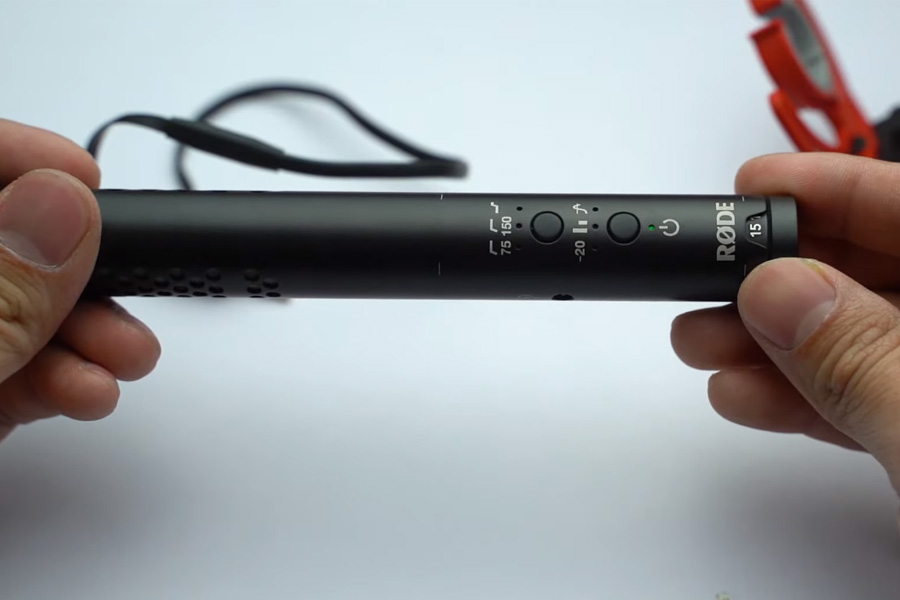
Okay, we’ve gone through how the audio from VideoMic NTG sounds under various environmental setting, and when playing around the settings of the mic. So let’s listen to the difference in the audio pick up of this mic against the older-gen VideoMic Pro.
Final Words
You may now be asking yourself “Woah, they sounded nearly identical. So, what’s the point of getting the expensive VideoMic NTG?” In all fairness, you’re right. There definitely isn’t any drastic difference in audio pickup between the two mics, though the superiority of the VideoMic NTG becomes apparent upon closer inspection. However, the primary selling point of it is definitely its versatility. The variable gain control, safety channel, real-time audio monitoring with 3.5mm audio output, and most importantly the ability to use it as a USB-mic makes the RØDE VideoMic NTG a damn impressive microphone.
RØDE VideoMic NTG – Pros & Cons
Pros:
- Great audio pickup with its supercardioid polar pattern
- Amazing battery life with auto-power function & robust build quality
- Can be used as USB-mic with live-audio monitoring
- Bunch of useful features like HPF, Safety Channel, PAD switch, etc.
Cons:
- No balanced audio
- A little expensive than the competition (e.g: Deity V-Mic D3 Pro)











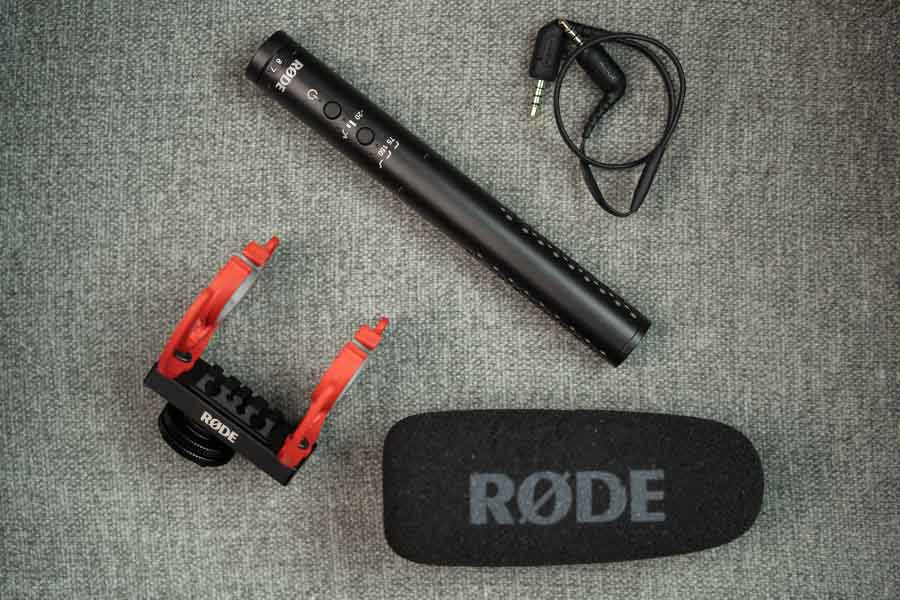


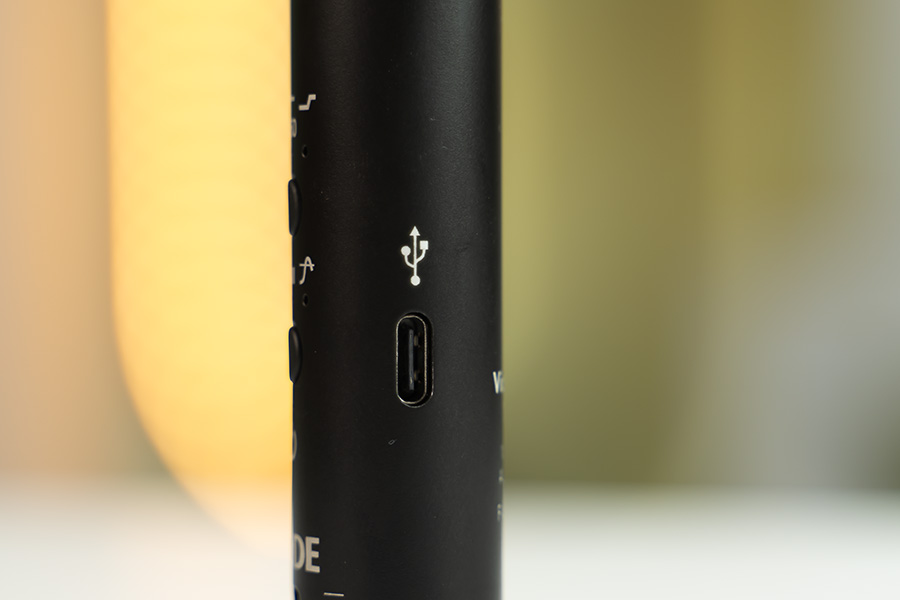


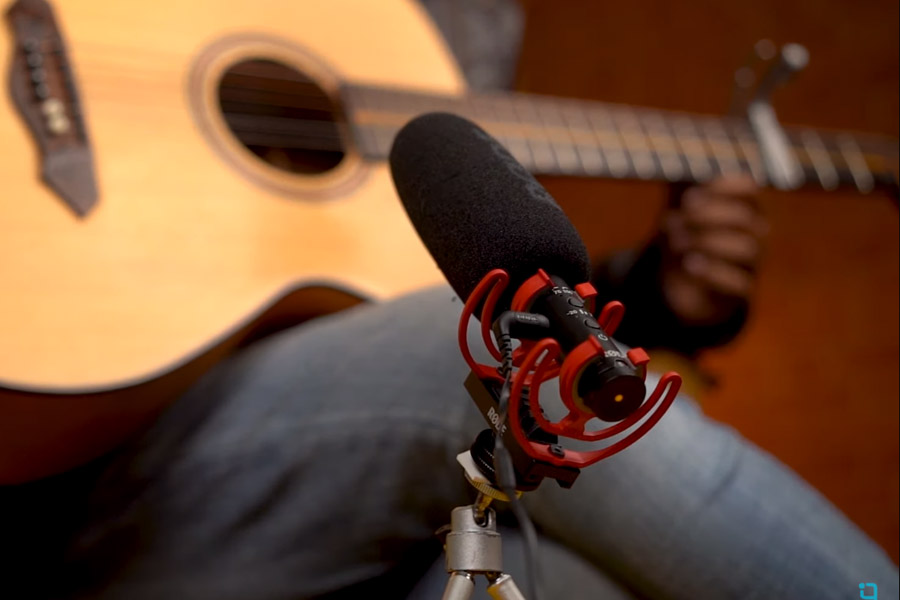
![RØDE VideoMic NTG - Safety Channel [Left audio]](https://cdn.gadgetbytenepal.com/wp-content/uploads/2020/03/RØDE-VideoMic-NTG-Safety-Channel-Left-audio.jpg)
![RØDE VideoMic NTG - Safety Channel [Right audio]](https://cdn.gadgetbytenepal.com/wp-content/uploads/2020/03/RØDE-VideoMic-NTG-Safety-Channel-Right-audio.jpg)




![Best Ultrabooks To Buy in Nepal 2024 [Updated] Best Ultrabook Laptops in Nepal 2023 - June Update](https://cdn.gadgetbytenepal.com/wp-content/uploads/2023/04/Best-Ultrabook-Laptops-in-Nepal-2023-June-Update.jpg)
![Best Gaming Laptops in Nepal 2024 [Updated] Best Gaming Laptops in Nepal 2023 - June Update](https://cdn.gadgetbytenepal.com/wp-content/uploads/2023/04/Best-Gaming-Laptops-in-Nepal-2023-June-Update.jpg)



![Best Mobile Phones Under Rs. 15,000 in Nepal [Updated] Best Phones Under 15000 in Nepal 2024 Budget Smartphones Cheap Affordable](https://cdn.gadgetbytenepal.com/wp-content/uploads/2024/03/Best-Phones-Under-15000-in-Nepal-2024.jpg)
![Best Mobile Phones Under Rs. 20,000 in Nepal [Updated] Best Mobile Phones Under NPR 20000 in Nepal 2023 Updated Samsung Xiaomi Redmi POCO Realme Narzo Benco](https://cdn.gadgetbytenepal.com/wp-content/uploads/2024/01/Best-Phones-Under-20000-in-Nepal-2024.jpg)
![Best Mobile Phones Under Rs. 30,000 in Nepal [Updated]](https://cdn.gadgetbytenepal.com/wp-content/uploads/2023/12/Best-Phones-Under-30000-in-Nepal-2024.jpg)
![Best Mobile Phones Under Rs. 40,000 in Nepal [Updated] Best Phones Under 40000 in Nepal 2024 Smartphones Mobile Midrange](https://cdn.gadgetbytenepal.com/wp-content/uploads/2024/02/Best-Phones-Under-40000-in-Nepal-2024.jpg)
![Best Mobile Phones Under Rs. 50,000 in Nepal [Updated] Best Phones Under 50000 in Nepal 2024 Smartphones Midrange](https://cdn.gadgetbytenepal.com/wp-content/uploads/2024/02/Best-Phones-Under-50000-in-Nepal-2024.jpg)
![Best Flagship Smartphones To Buy In Nepal [Updated] Best Smartphones in Nepal 2024 Flagship Premium Samsung Apple iPhone Xiaomi OnePlus Honor](https://cdn.gadgetbytenepal.com/wp-content/uploads/2023/09/Best-Smartphones-in-Nepal-2024.jpg)